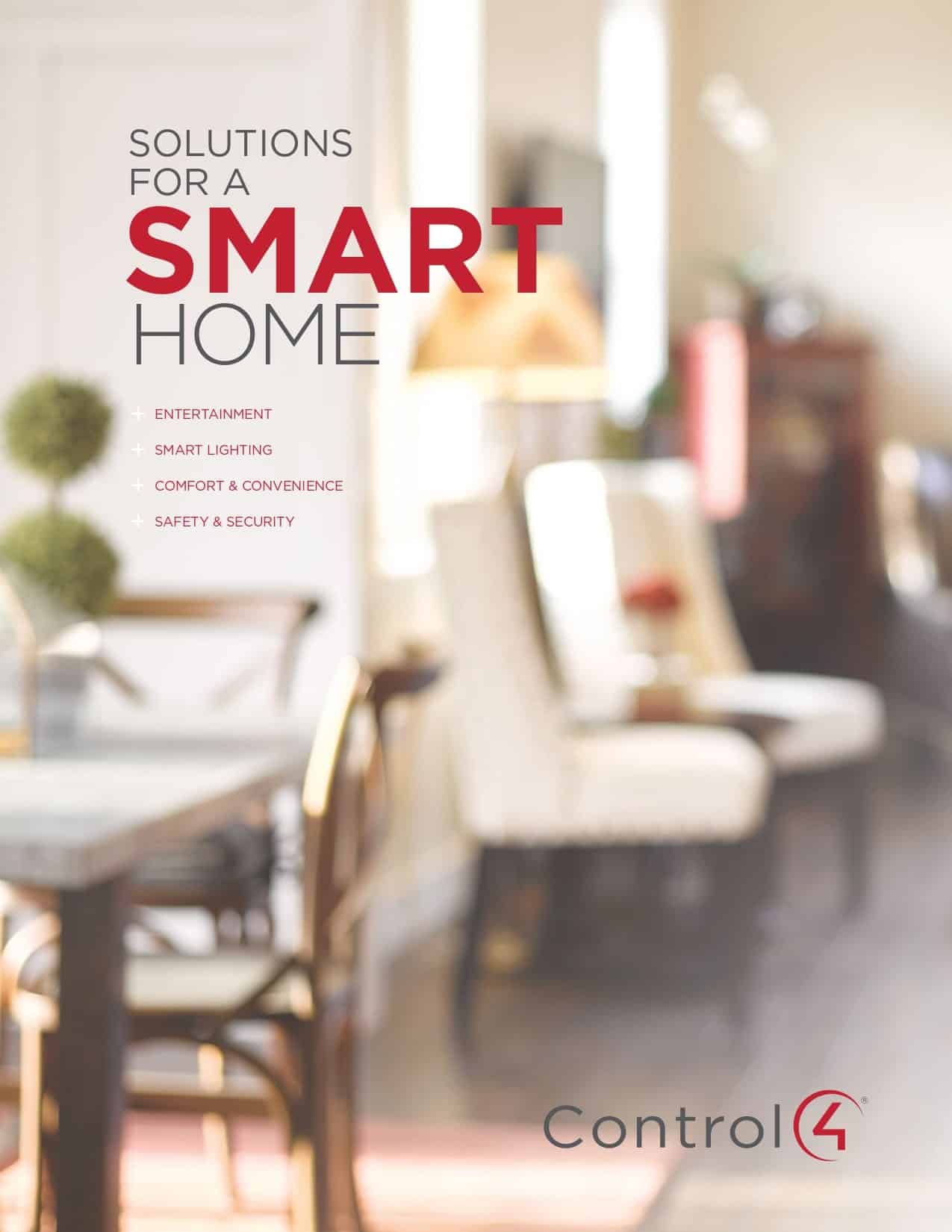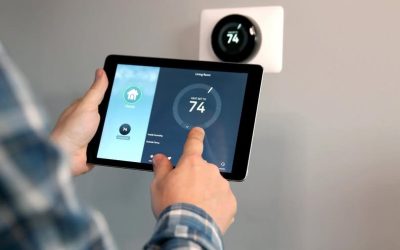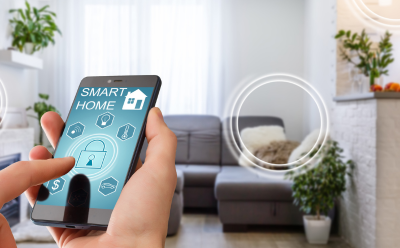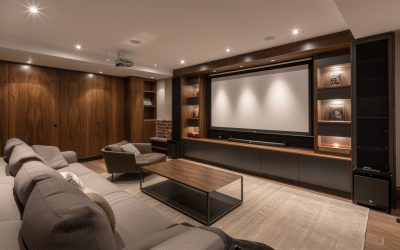The smart way to build today
![]() The age of the smart home has arrived, with projected sales of U.S. home automation equipment expected to top $5.6 million next year. The trend has been embraced by Fairfield County’s builders and architects, who recognize and use smart home technology as a powerful selling tool in their new homes and commercial buildings, one which meets the needs and demands of our area’s sophisticated residents.
The age of the smart home has arrived, with projected sales of U.S. home automation equipment expected to top $5.6 million next year. The trend has been embraced by Fairfield County’s builders and architects, who recognize and use smart home technology as a powerful selling tool in their new homes and commercial buildings, one which meets the needs and demands of our area’s sophisticated residents.
The best time to prepare a house or commercial building for smart home technology is before the walls go up in new construction or before renovations begin on older buildings.
Lifetronic Systems works with many local builders and architects in Fairfield County – from Greenwich, Stamford, Darien and New Canaan to Westport, Wilton, Weston, Fairfield and Easton – offering low-cost starter packages that lay the groundwork for smart technology. In the case of new construction, once the house is sold Lifetronic Systems then works with the new home owner to customize and personalize their smart home, seamlessly integrating the home’s systems: lighting, smart thermostats, cameras, wireless network, shades and drapes, security, whole-house audio and video, outside lights and the pool and spa. The list of what we can do is long and all-encompassing.
We also offer wireless smart home technology packages, great choices for builders and architects who are renovating and redesigning existing homes and commercial buildings. As with wired technology, wireless systems integrate all needed smart home components into one fully automated system. And just like new construction, the least expensive path for adding wireless smart home technology is during the design phase.
The green scene
As the smart home technology industry grows, consumers now recognize that the features offered are not only streamlining their lives, but in many cases painting their houses green, saving energy and money on monthly utility bills – another attractive fact builders and architects can pass along to their clients, especially those on the fence about whether or not to make their home smart.
For example:
- A default setting for lights that drops brightness by 10 percent is not noticeable to your clients but saves 10 percent electricity.
- A green setting automatically reduces heating and air conditioning usage, turns off unnecessary lights and reduces appliance and standby power usage.
- Despite our best intentions, we all waste electricity by leaving the lights on. In fact, lighting accounts for 20 percent of all electricity consumed in the United States, and 50 percent of that is wasted with inefficient light sources or in unoccupied rooms. Therefore, our motion sensors or programmable timers turn off lights in seldom-used rooms.
- Drapes and shades open and close to capture the sun’s rays and keep the night chills where they belong – outside.
Secure and safe
An integrated home entertainment system is the flashy and sought-after side of home automation but security technology is taking its place in the forefront, because through it the brains of the home automation system know when someone is home. That information can be used to alert the thermostat that the heat needs to be raised or the air conditioning reduced, that the shades should be lowered or the lights can be turned on or off.
The security system also provides 24-hour surveillance, and when paired with cameras can be the homeowner’s eye into the house when they are at work or sunning on a beach 3,000 miles away. That is absolute peace of mind, a check on children, nannies, pets, the elderly and valuables, and another selling point for builders and architects.
Our homes are just so much smarter now than they were in 2012, when there were 3-million smart home-capable dwellings in the United States. Last year that figure jumped to 7 million, and by 2017, 23 million homes will be smart. Having the smartest home on the block is quickly becoming the norm.




